Jasmine flowers - all kinds (90 photos). Description of species, planting, growing, care and watering in the open ground
It is difficult to find a person who is not familiar with the wonderful aroma of this plant. Its flowers adorn gardens and window sills, it is used in cooking as an aromatic additive and an aphrodisiac, in traditional medicine and cosmetology, legends are added about it and magical properties are attributed to it, and among some people it is considered a guide to paradise. All this is jasmine.
Description
It is a curly or erect, evergreen shrub of the olive family. Leaves of uniform green color, triple or pinnate.
Flowers with a large corolla of the correct outlines, white, pale yellow or pink, with a pronounced sweet aroma. Flowering ends with the formation of an inedible berry.
The habitat today is represented by almost all the warm edges of the planet - from Africa and Australia to the middle strip of America and southern Europe.
Some types of jasmine also grow in Russia, the North Caucasus, the Crimea, the Kuban, Altai, and the Southern Urals. Artificial cultivation is widely practiced in China.
Varieties
More than 250 varieties of this plant are known that appeared during natural processes or created by breeders. The most famous and common.
Framed. It differs in bright yellow inflorescences and a strong aroma throughout the considerable flowering period. Honey plant, actively attracts bees and other insects. Leaves are paired, bright green.
Sambac. Lianiform variety, in length can grow up to 6-8 meters. Large leaves, and neat white inflorescences are collected in fragrant bouquets. Woody stems give a special aesthetic; all this was to the liking of landscape designers and lovers to decorate their garden plot with hedges.
Flattened. The shrub, which, provided it is trimmed correctly, pleases with a large number of flowers of soft pink shades and no less sophisticated smell exuded all summer.
Bis. One of the most popular decorative varieties. Creepers reach a length of 2-3 meters and are strewn with umbrellas from large bright pink inflorescences with a bluish tinge. If desired, you can give a shrub form. In combination with large dark green leaves, an excellent tool for creating a living wall is created.
Drug. The most popular among pharmacy lovers on the windowsill. Despite its main purpose, it has good decorative qualities. Smooth branches covered with oblong leaflets and white racemose inflorescences look quite nice, and they will also please bloom for a long time - from April to autumn.
The thinnest. It is distinguished by “falling” shoots and large white inflorescences. The aroma, although not as pronounced as that of the above species, but has a pleasant specific notes. Leaves are dirty green, slightly pubescent at the base.
Multi-flowered. A very large, lush shrub up to two meters tall, during flowering covered with a plentiful "carpet" and flowers of pink and white color. It has the most powerful aroma of all known varieties. In addition, it is easy to recognize by the leaves of an unusual shape resembling a wavy dagger.
Large flowered. As the name implies, it differs in large white flowers, collected in umbrellas of 7-10 pieces. The shoots themselves can be up to ten meters long, which provides ample decorative possibilities, but imposes some cutting duties.
Growing
When planting jasmine in our difficult latitudes, you need to consider the following nuances:
- the plant is not particularly demanding on the mineral composition of the soil, but if you need a heady aroma and plentiful flowering - it must be fertile;
- planting either in early spring or late autumn is the best time for rooting;
- it is worthwhile to carefully consider the behavior of groundwater and the water circulation on the site as a whole, and land only in places that are not prone to stagnation of water, or neutralize them with crushed stone pillows.
The hole for planting jasmine should be about half a meter deep; you need to add a little nitrogen-phosphorus fertilizer to it. After disembarking and tamping, water abundantly.
Care
In order for the plant to please with the correct form and plentiful amount of fragrant flowers, care for jasmine should be carried out from the very beginning of its life. First of all, you need to form a posture for him by tying the sapling to the support rail. And already with the growth to produce sanitary and decorative trim, giving the desired shape.
The methods of agronomists are also useful for stimulating the growth of young shoots - for this, strong branches cut off quite a bit, and lagging branches - just half. The effect is not long in coming.
Fertilizing with mineral and organic fertilizers can be done once a year after wintering, and with caution - the root system and leaves are very sensitive, and to avoid chemical burns, the concentration of solutions should be weak
An adult plant does not require special preparation for winter, but young growth is better to cover with material. To protect the roots from frost, you can sprinkle the soil with manure or sawdust. In the spring, in addition to fertilizers, sanitary pruning is necessary.
The strongest stems need to be shortened in half, the rest almost at the root. Prevention of diseases will be the treatment of cut sites with garden varieties or a similar tool.
Breeding
Traditional propagation by dividing the bush and branches of the shoots is not a hassle. But in breeding by cuttings or seeds, there are a number of nuances.
Seeds require early hardening at low temperatures. To do this, they are laid in the soil in the winter, but before Epiphany frosts, around mid-December. To prevent freezing, it is enough to sprinkle with a layer of snow 15-20 cm, for peace of mind, you can still add a layer of sawdust.
During winter time, the seeds will be hardened, and in the spring, with the onset of the thaw, meltwater will saturate the soil and seedlings will appear soon. Plants obtained in this way will ultimately be the most tenacious and adapted to the local climate, and less susceptible to any diseases and pests.
Harvesting of woody cuttings for propagation is made in the fall. An oblique slice does not need to be processed obliquely, the stem is placed in a bag of soil and stored in a dry basement until spring. In March-April, it is important not to lose time if the buds swell before planting - the bush does not take root.
Features at home
If you plan to use jasmine as a room flower, then you should determine it in spacious rooms. The powerful aroma is beautiful in an outdoor garden, but in an enclosed space its abundance can adversely affect one's well-being.
The plant itself can suffer from an improperly selected place and tap water. The sun's rays refracted in double-glazed windows can burn delicate foliage, cause its yellowing and death.
The same goes for hard tap water. To avoid these troubles, it is necessary to use a softening filter and choose a place without excessive sunlight.
If these conditions are met, and your bush still does not want to bloom, most likely there were errors when planting in the form of too deep grounding. The solution is to transplant, so that the rhizome sticks out a little from the ground. Also, the reason may be insufficient acidity of the soil, it is solved by appropriate fertilizers.
Application
Who didn’t drink green tea with jasmine flowers, the properties of which give the drink a unique gamut of smells? This combination is so loved by consumers that today it is found in any store. It is also used as a flavoring agent for confectionery, spirits and other food products.
It is curious that photos of jasmine flowers on tea boxes are sometimes images of mock-up. These plants are often confused due to the similarity of aroma and appearance.
In addition to decorative and gastronomic value, some properties of this universal plant have found application in folk medicine and medical cosmetology.
Healing properties
The benefits of jasmine flowers are due to the high content of many essential acids and essential oils. Leaves and flowers due to the presence of salicyl-containing elements in them have light antiseptic properties sufficient to disinfect cuts.
Essential oils and decoctions of flowers are widely used as a tonic, which has a beneficial effect on all organ systems, especially the nervous system.
A positive effect on the female body during lactation and menstruation is also observed. Medicines for insomnia and migraines are prepared from the roots.
The use of jasmine should be carefully treated for people with hypertension and a stomach ulcer, as well as allergies.
Photo of jasmine flowers
Hozblok for giving - instructions on how to make + 110 photos of finished structures
Choosing a varnish coating for wood
Anemones - 140 flower photos. Planting, care, breeding of all varieties in the open ground
Join the discussion:
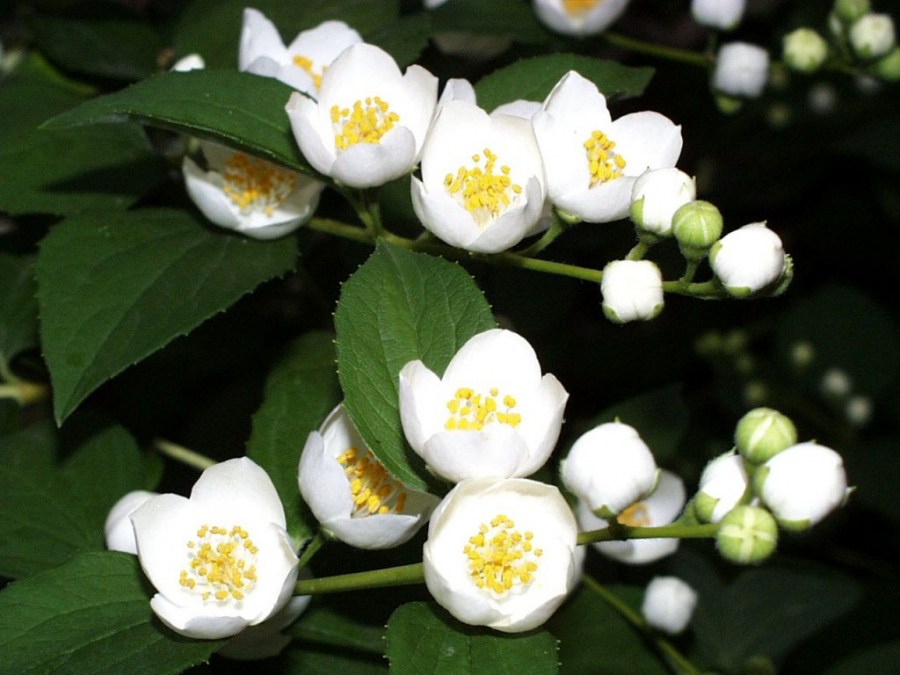
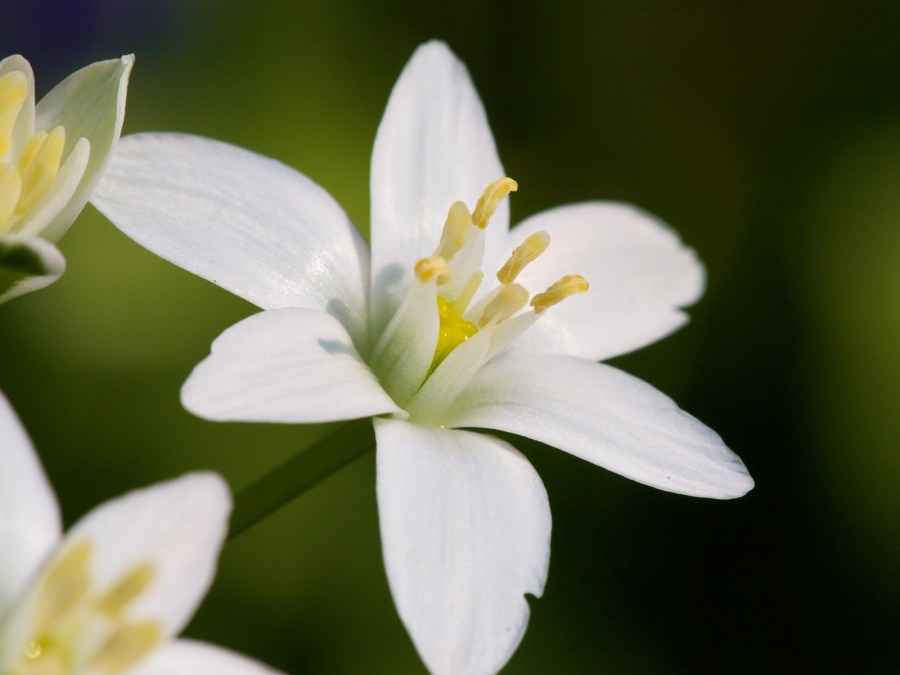
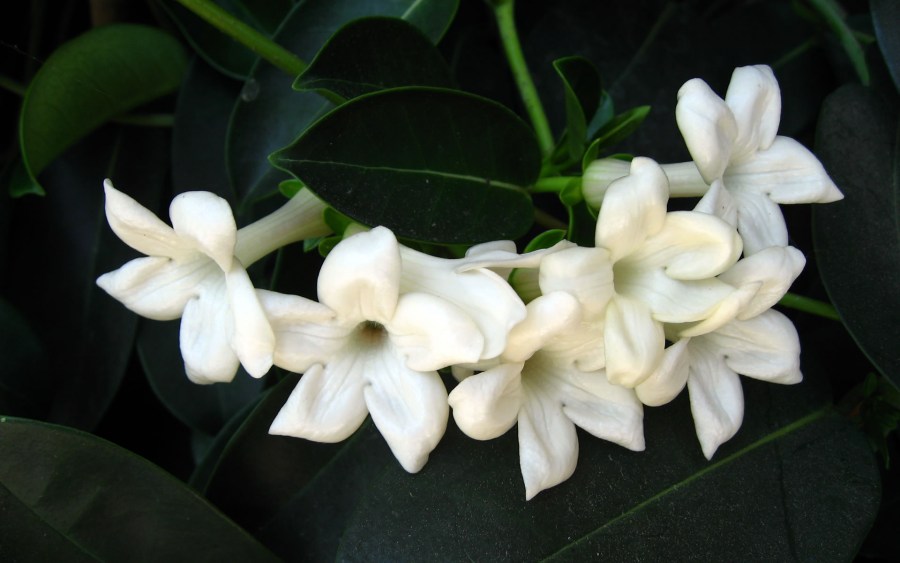
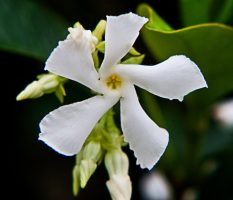
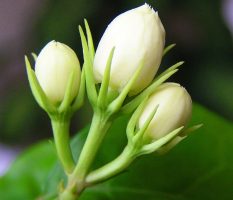
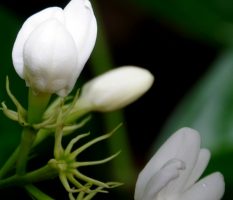
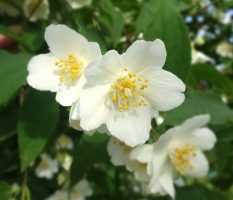


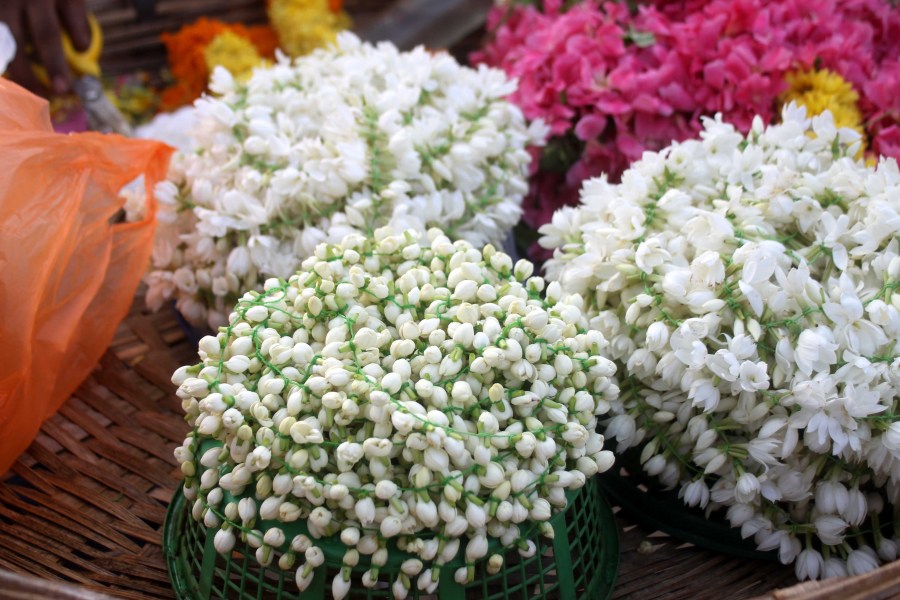
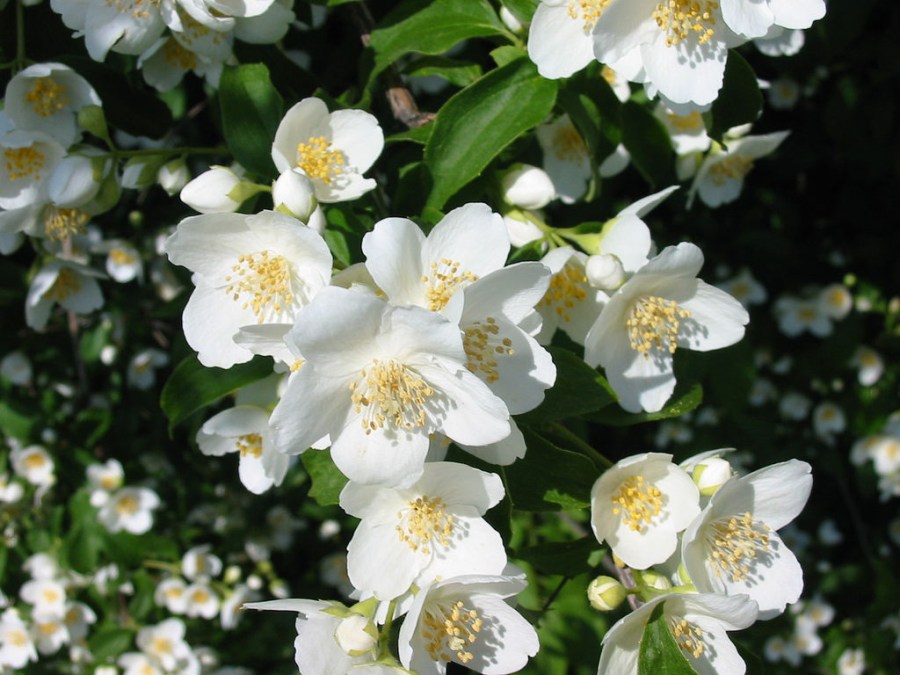
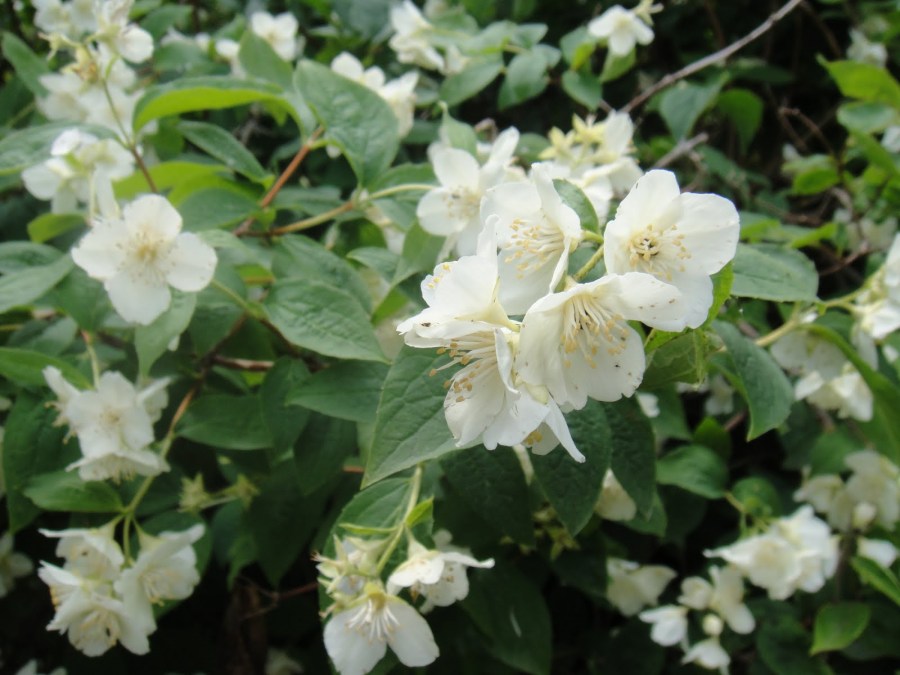


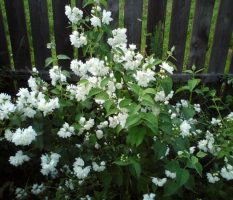
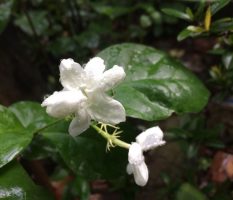
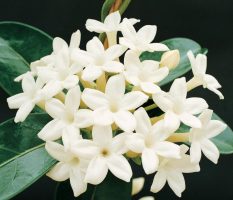
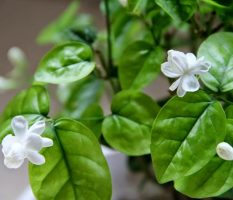
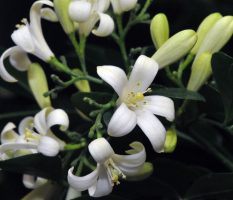

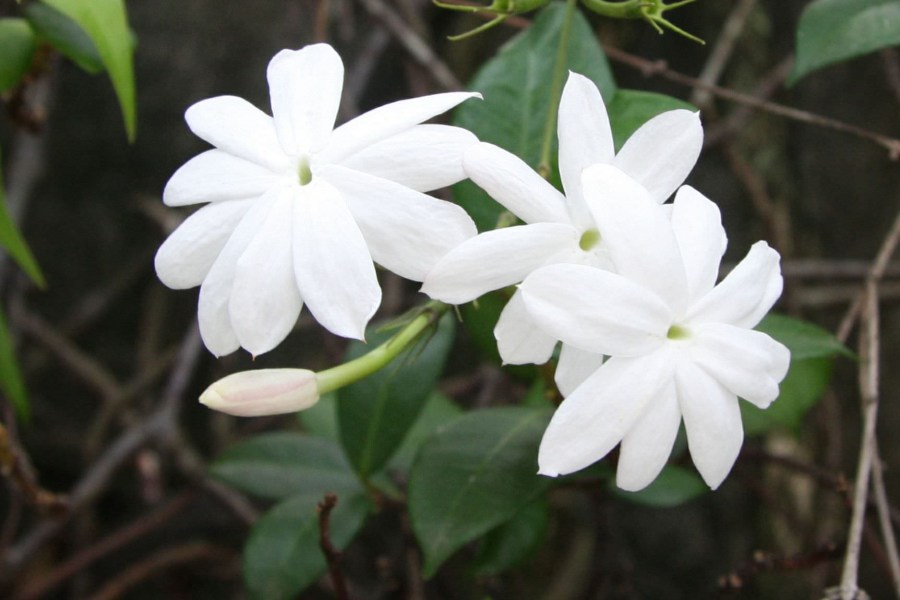
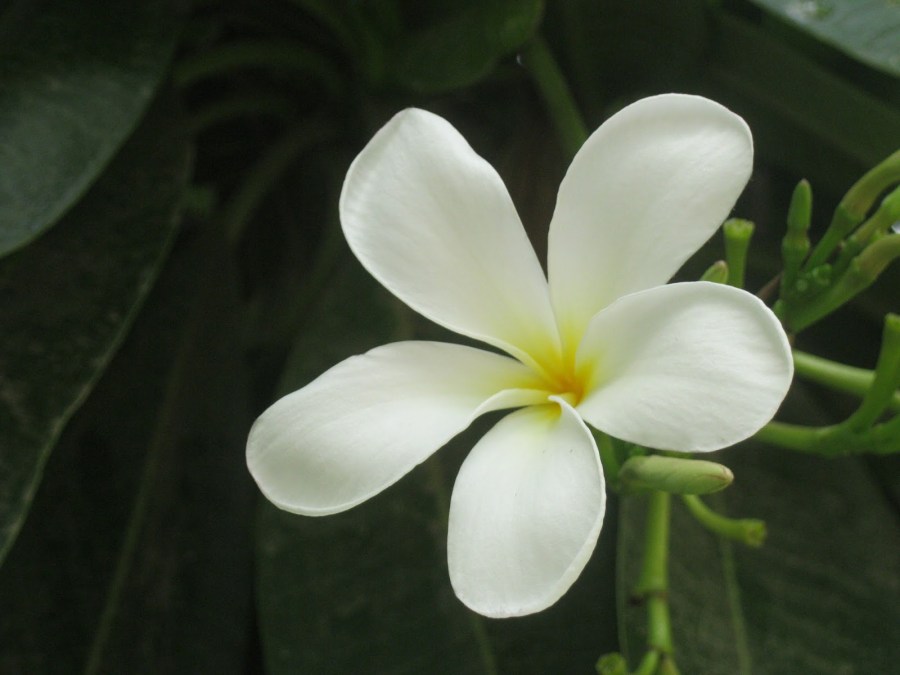
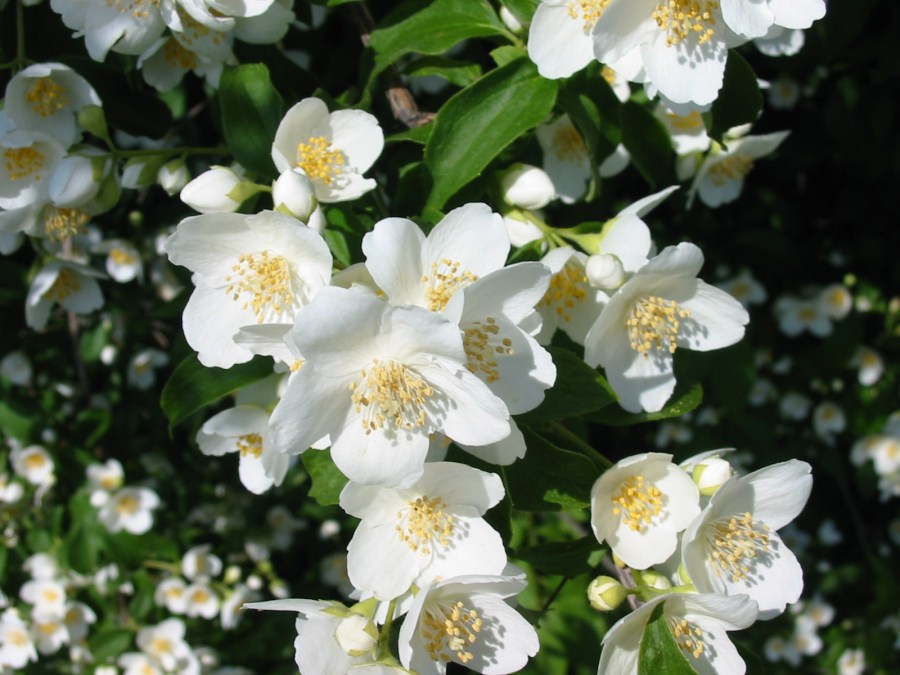

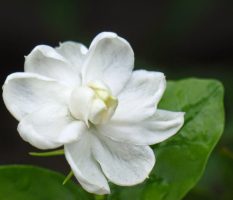
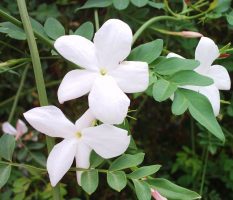
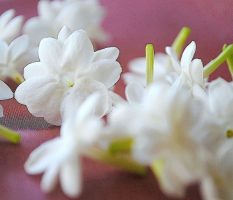
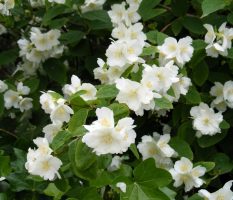
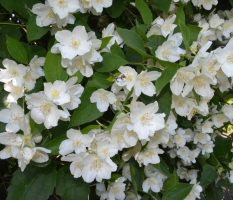
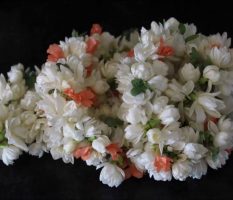
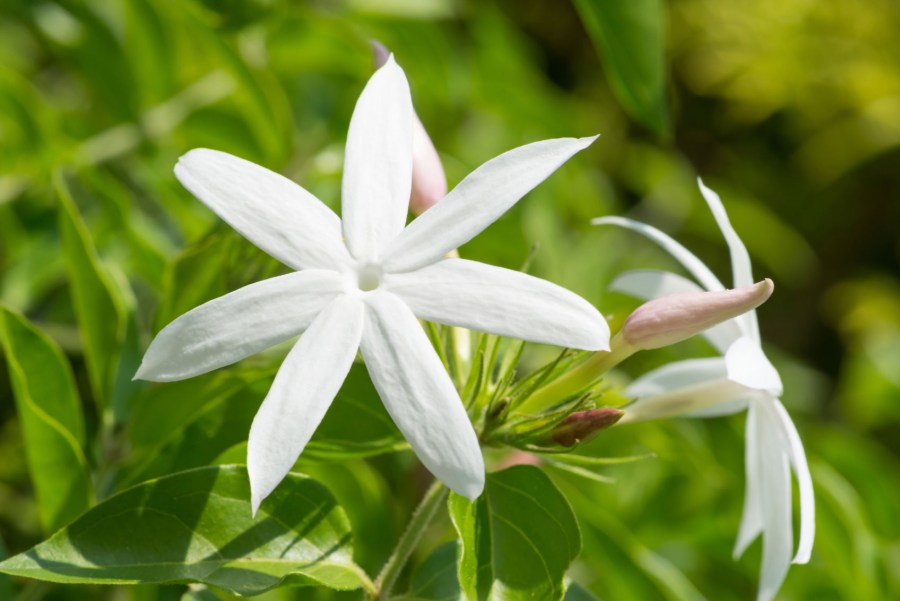

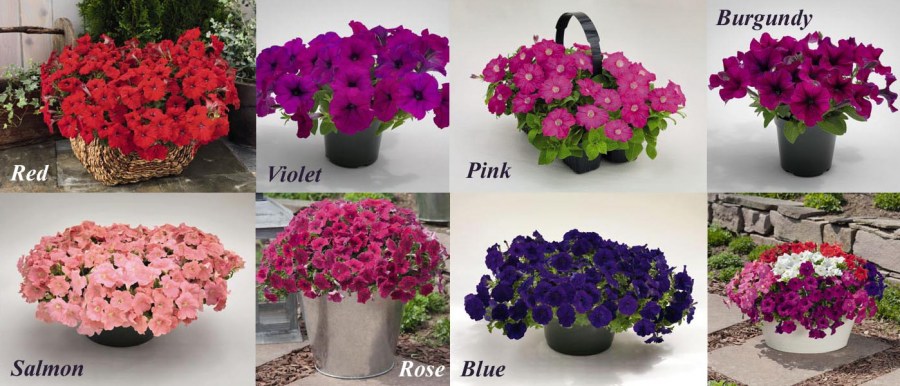
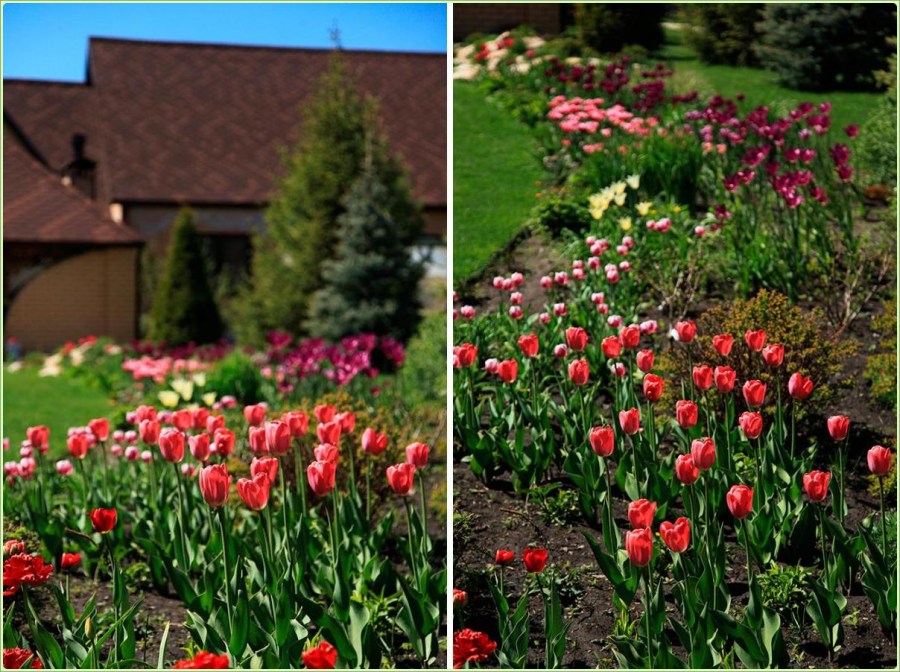
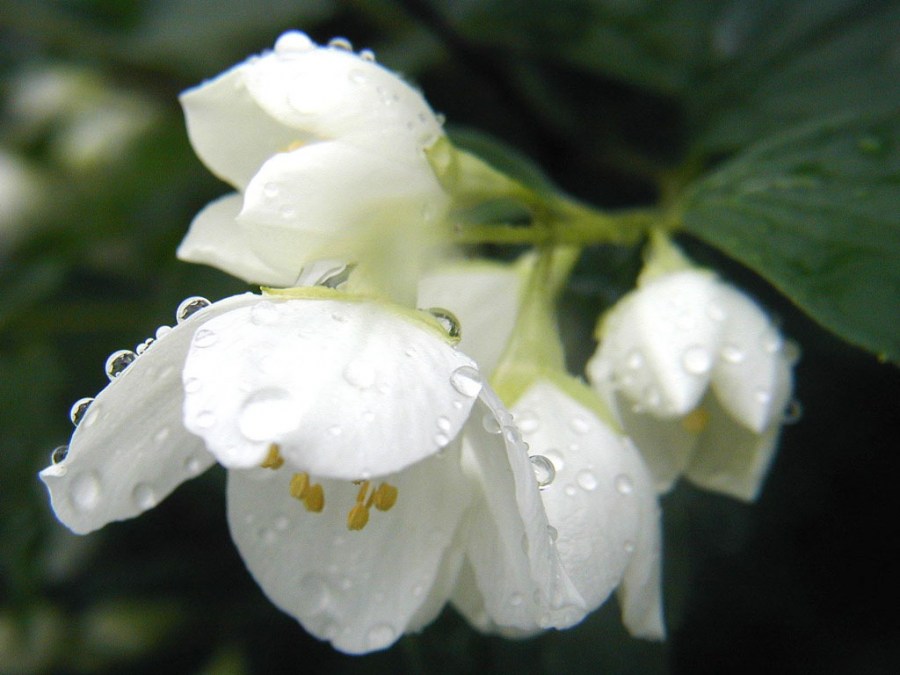
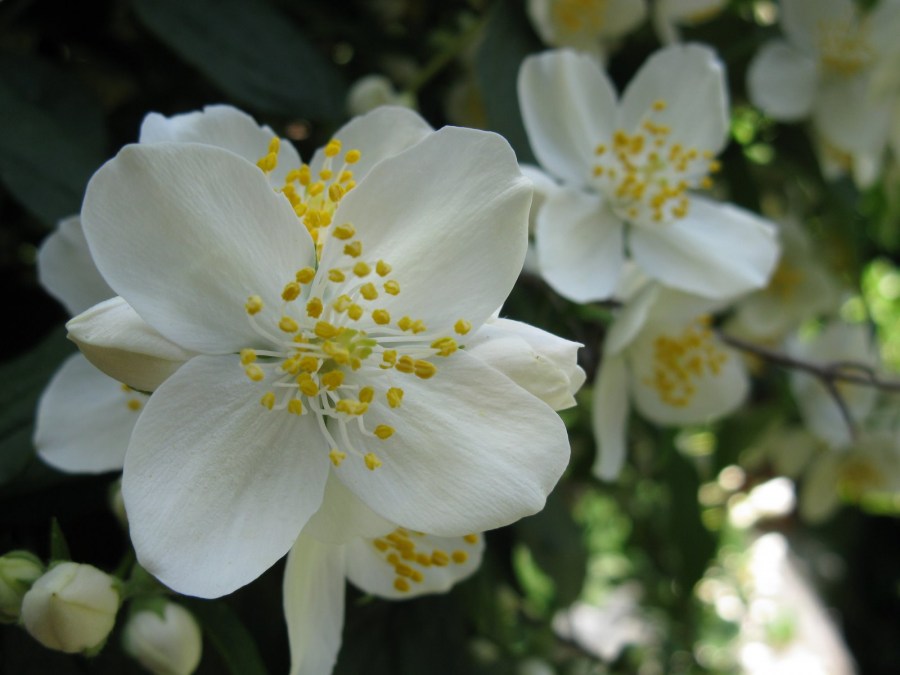
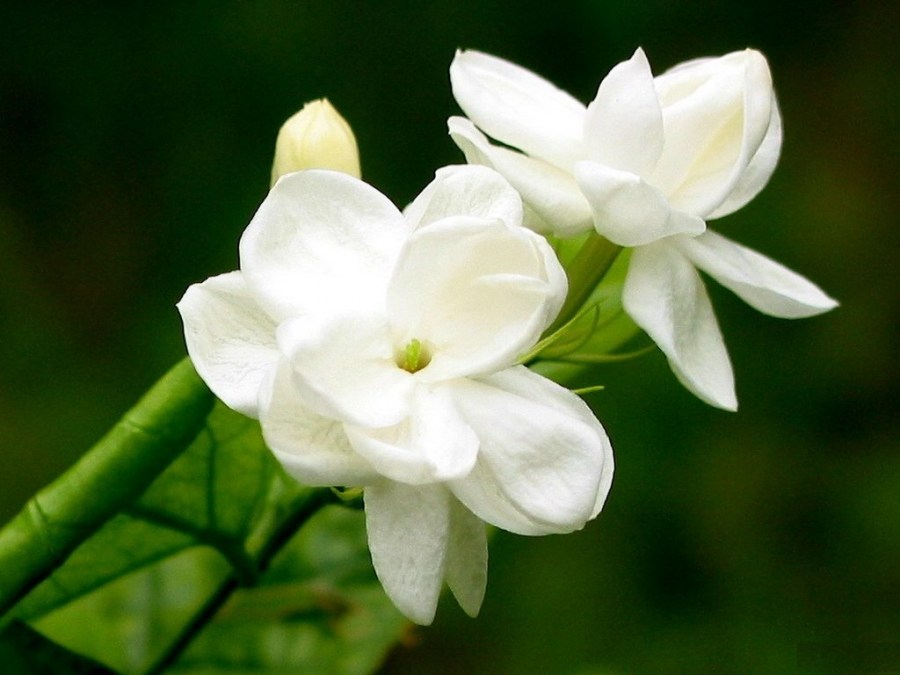
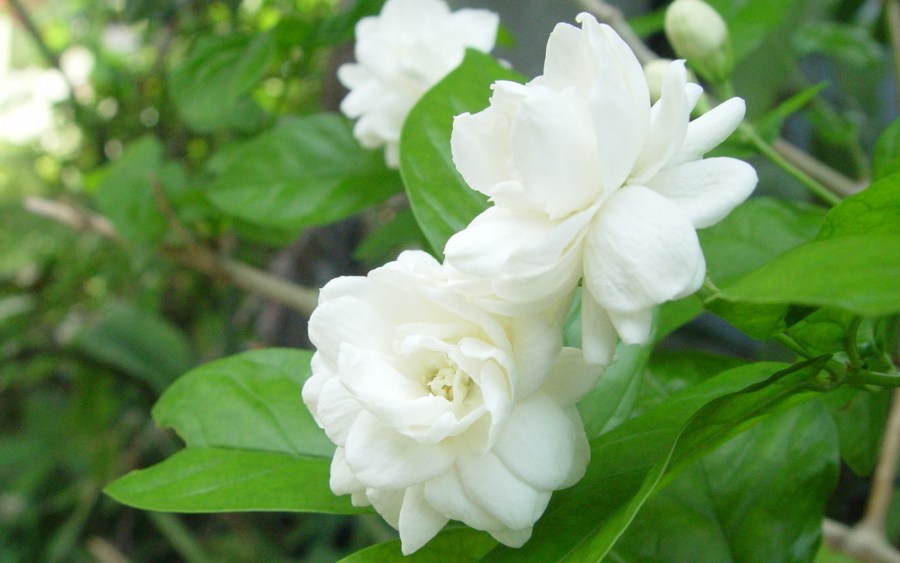
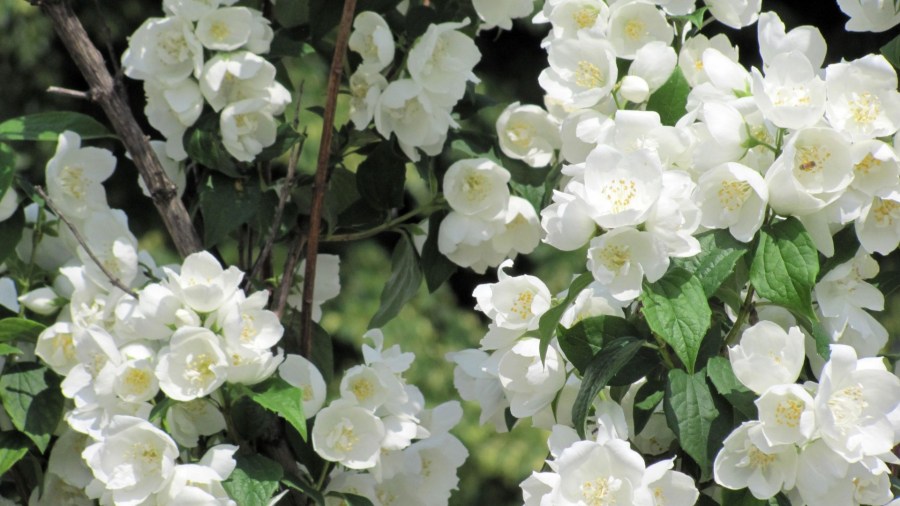
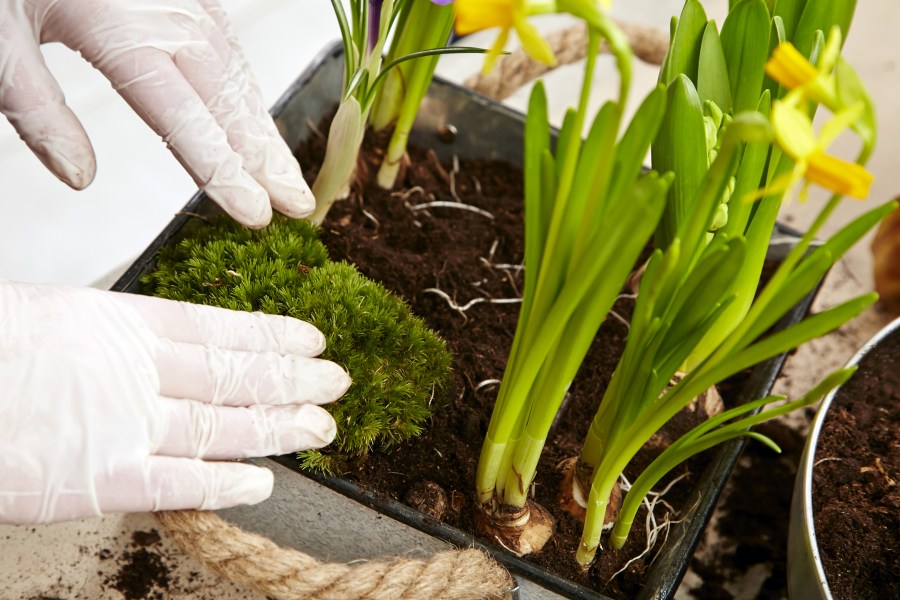
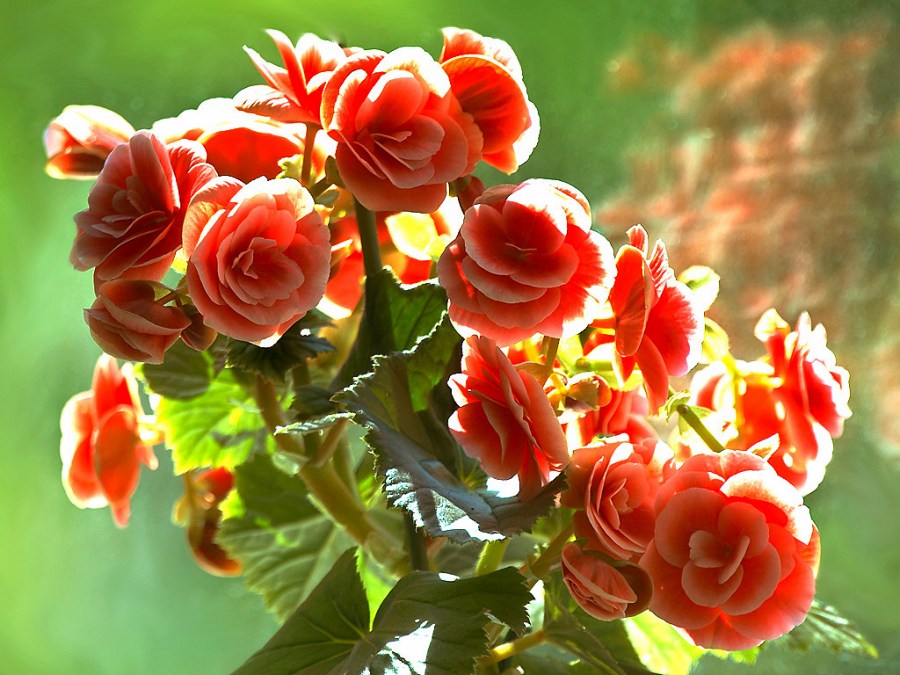


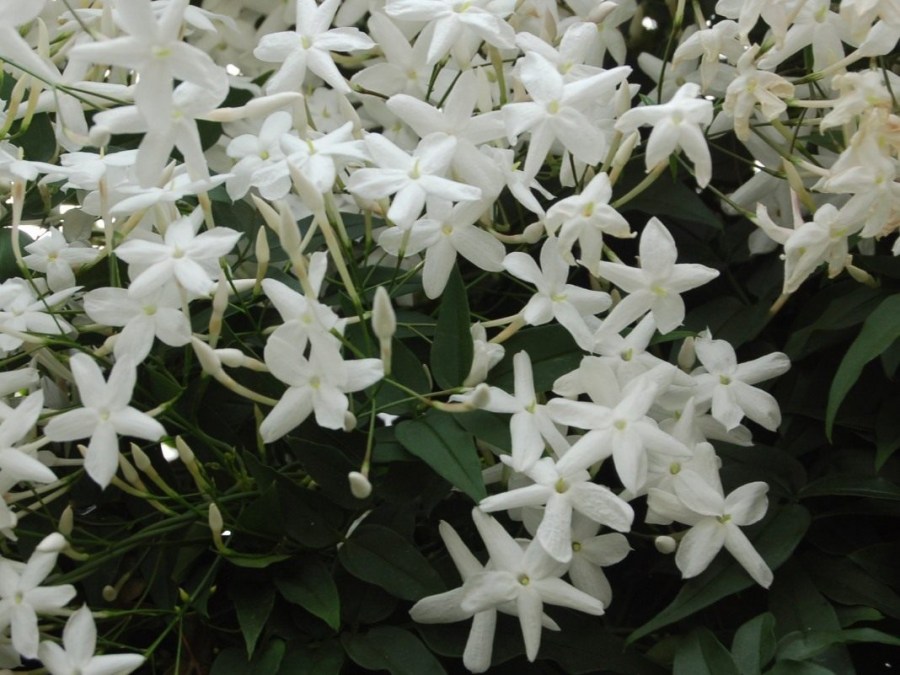
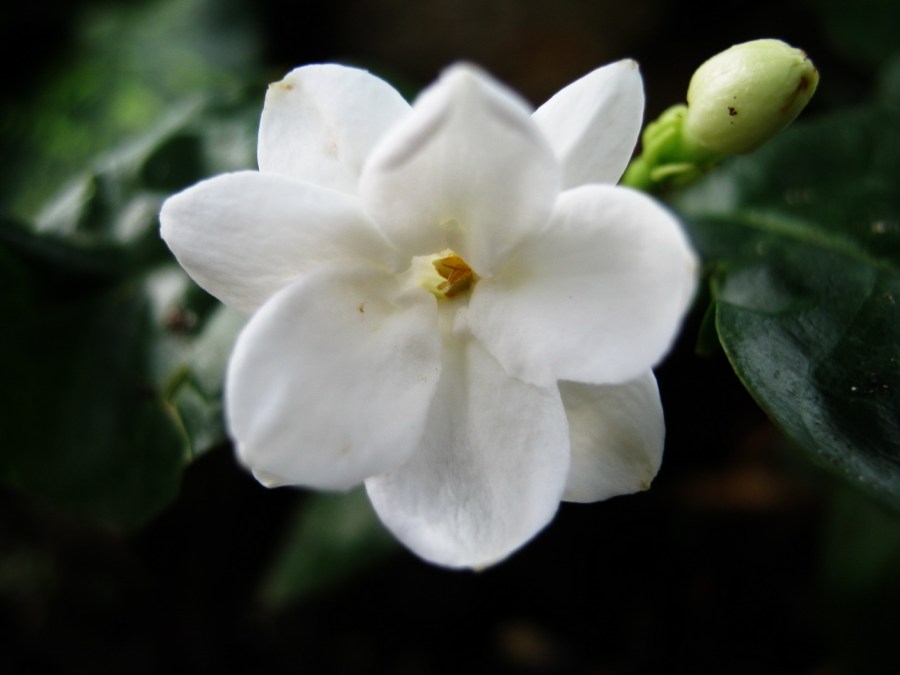
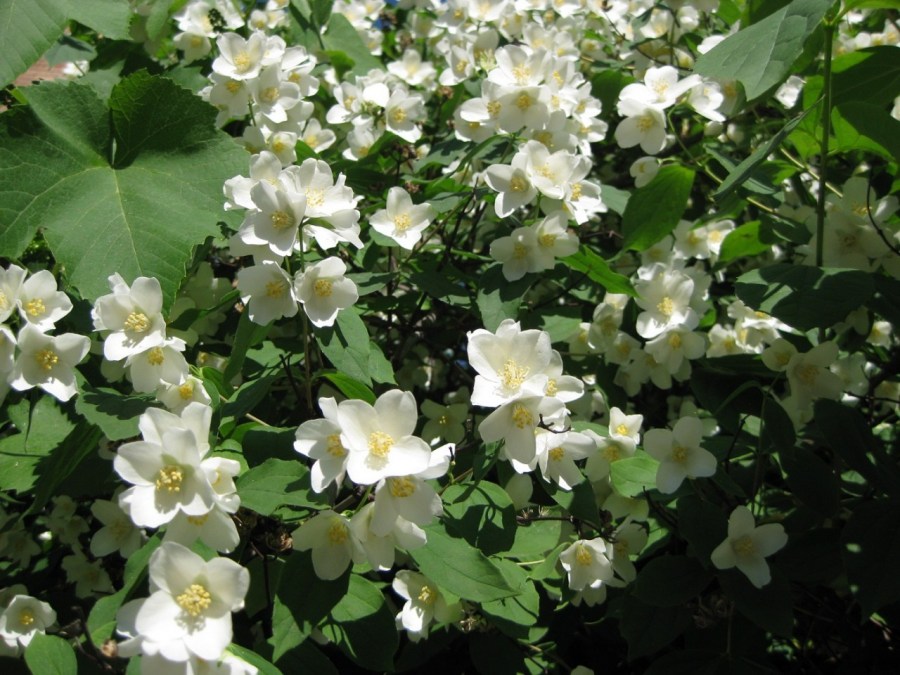
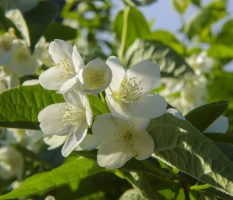
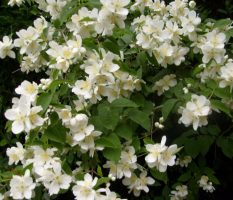
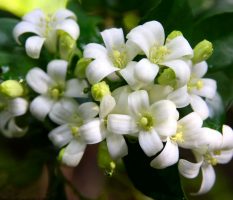
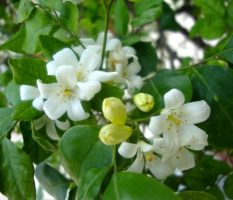

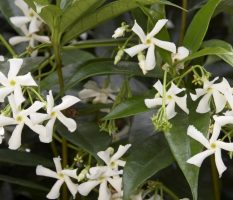


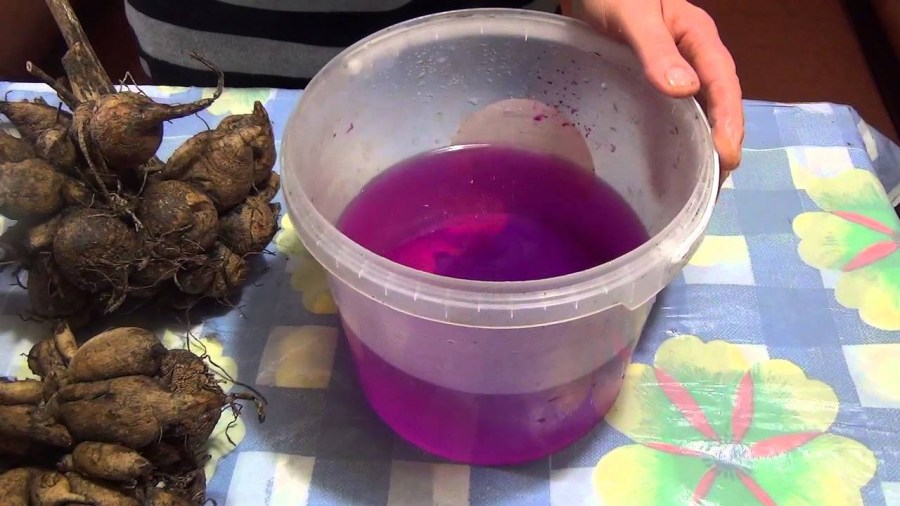
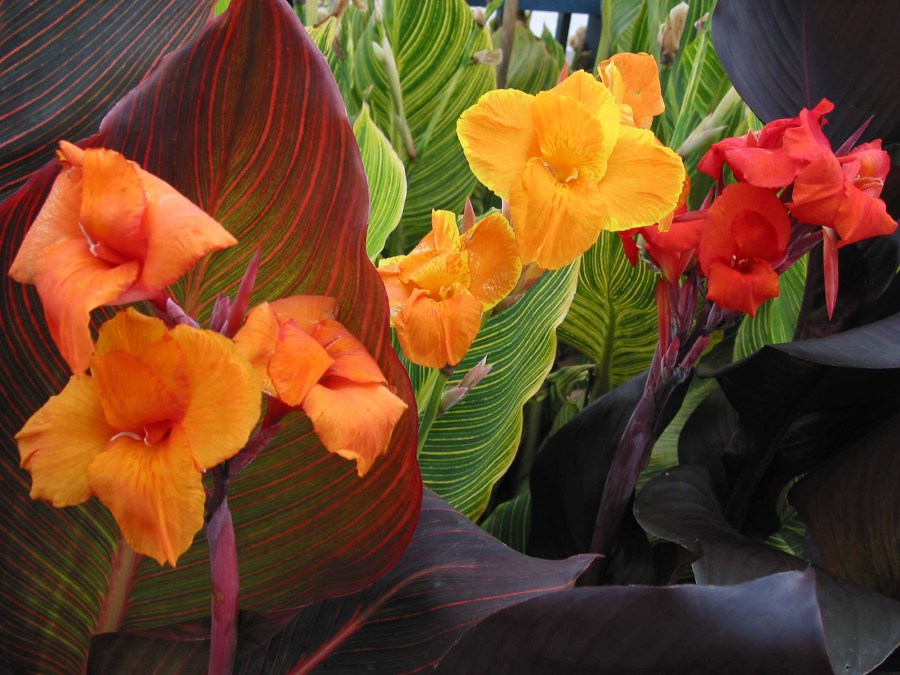

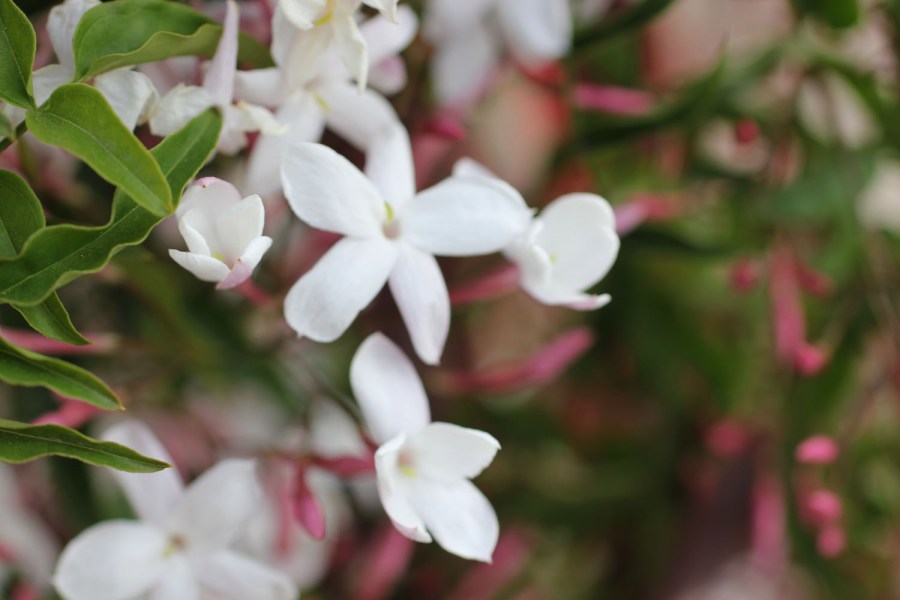
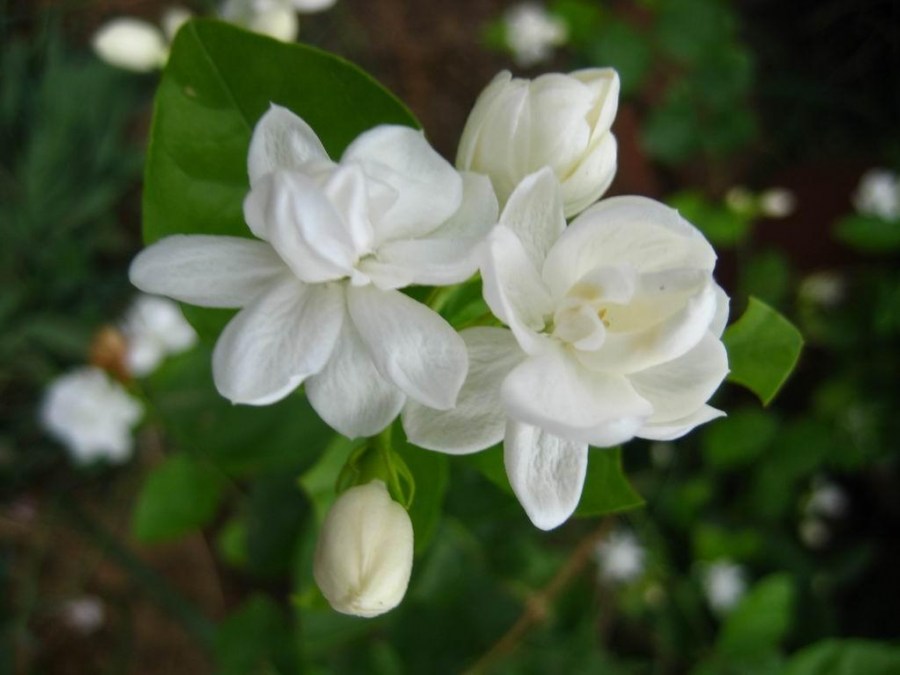
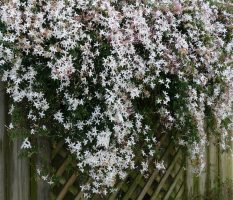
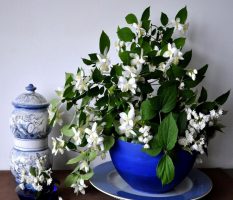

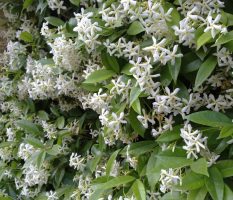
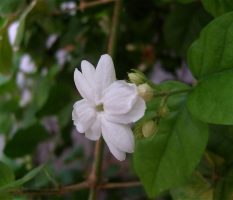
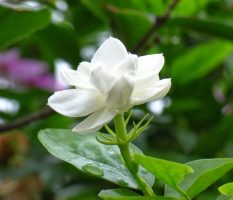

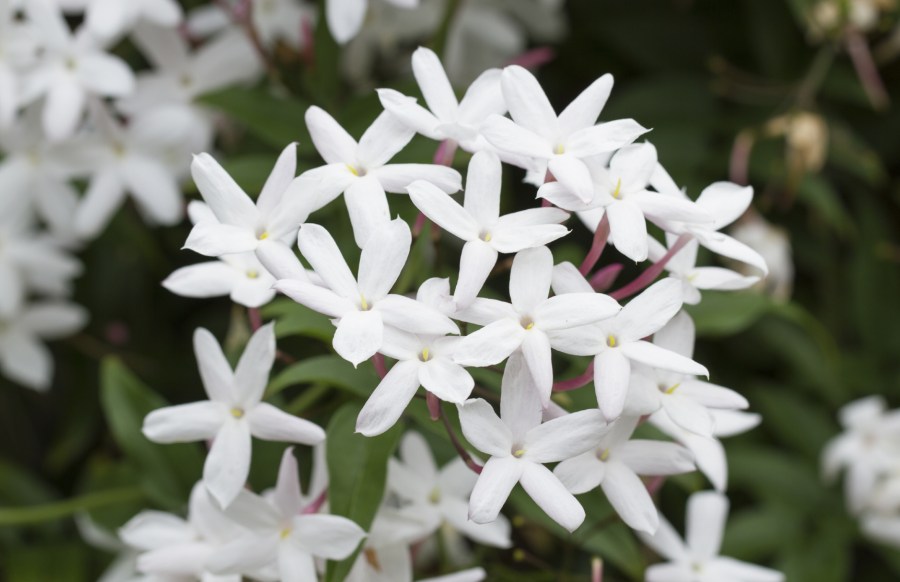

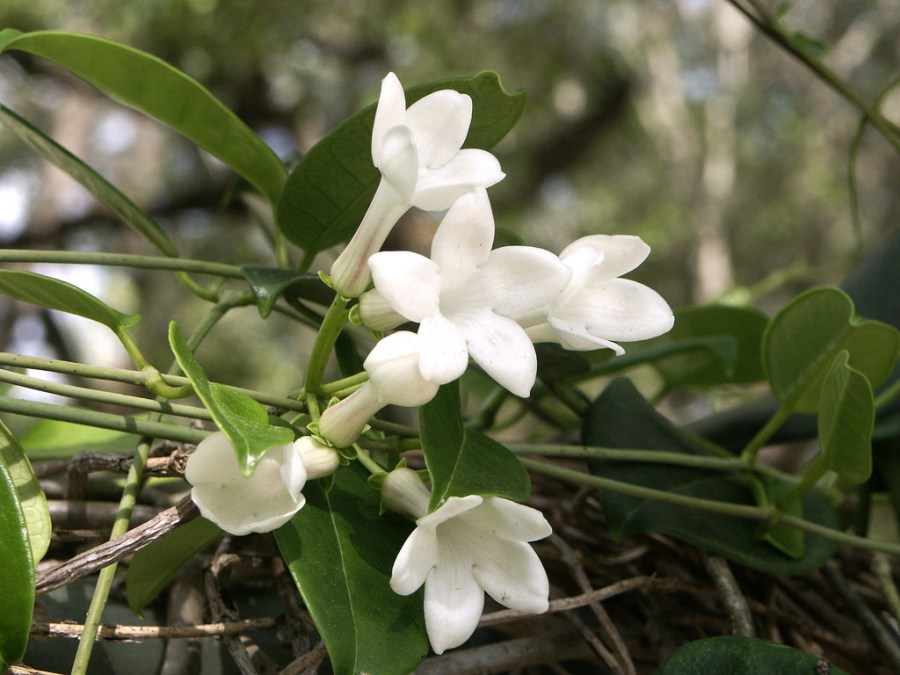

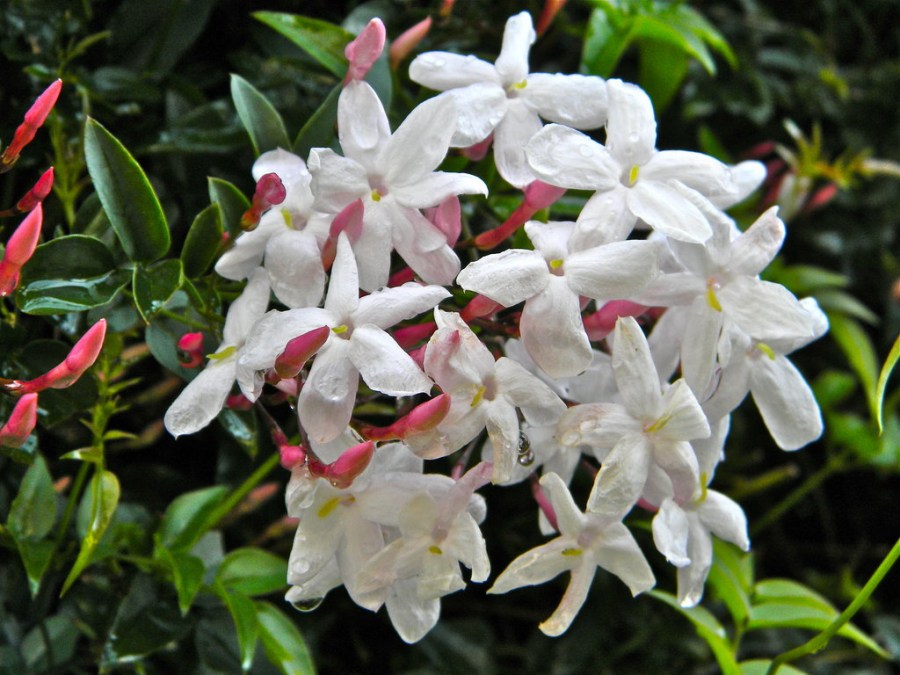


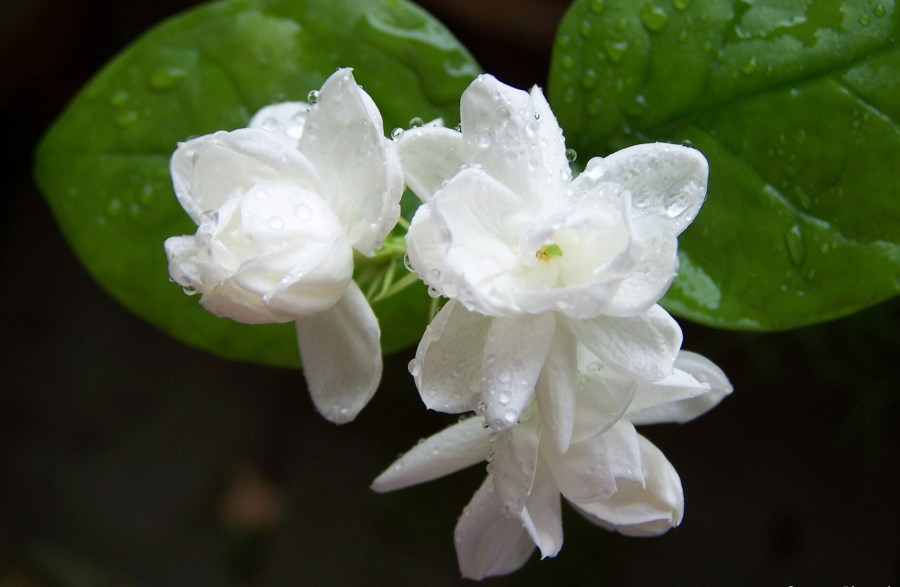

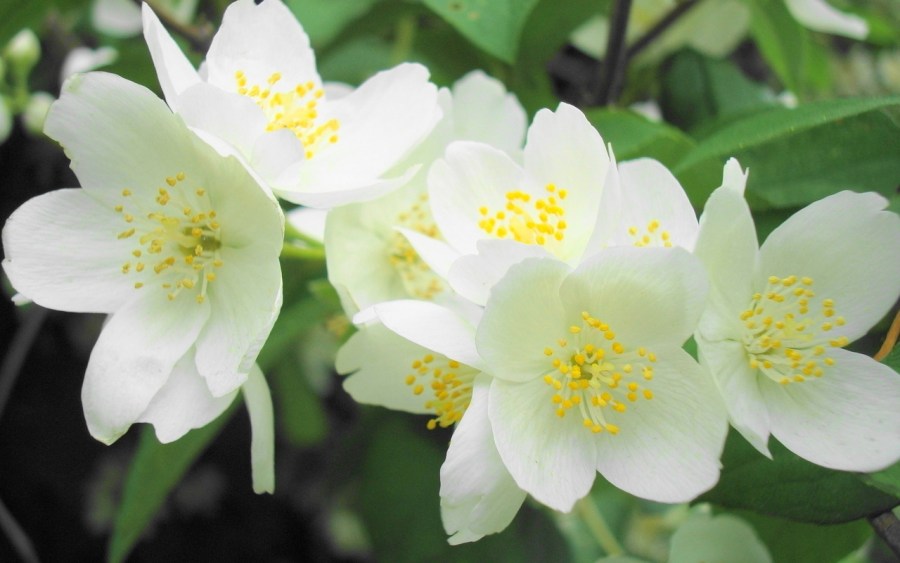

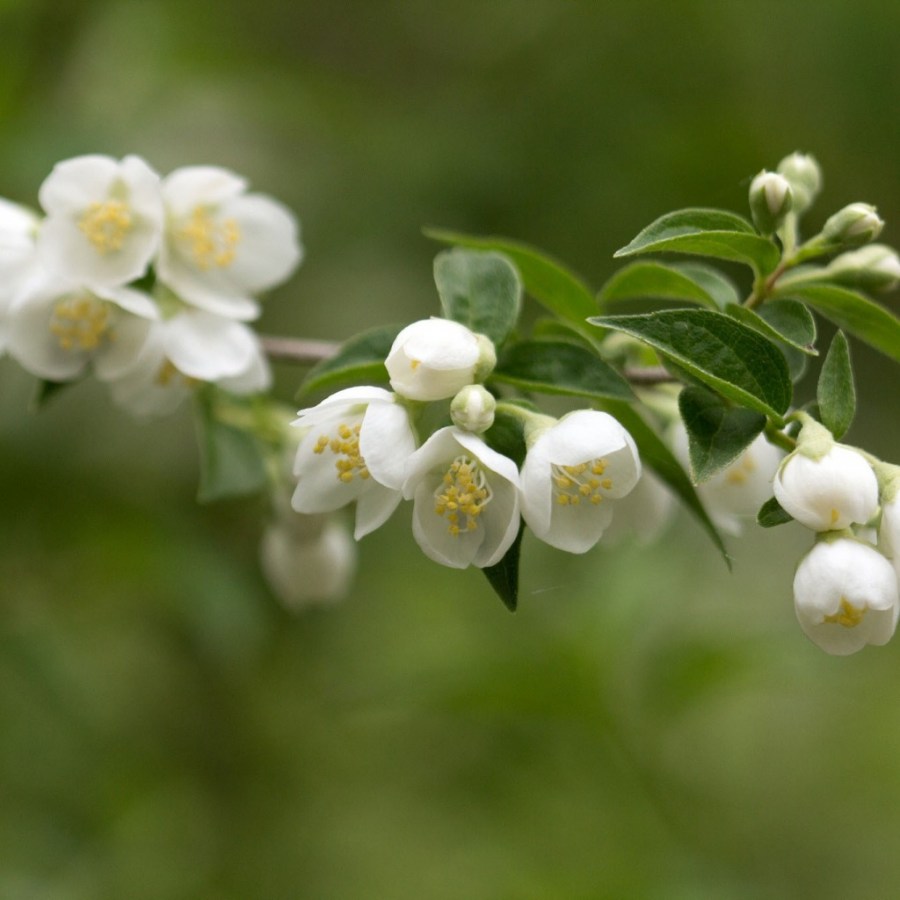
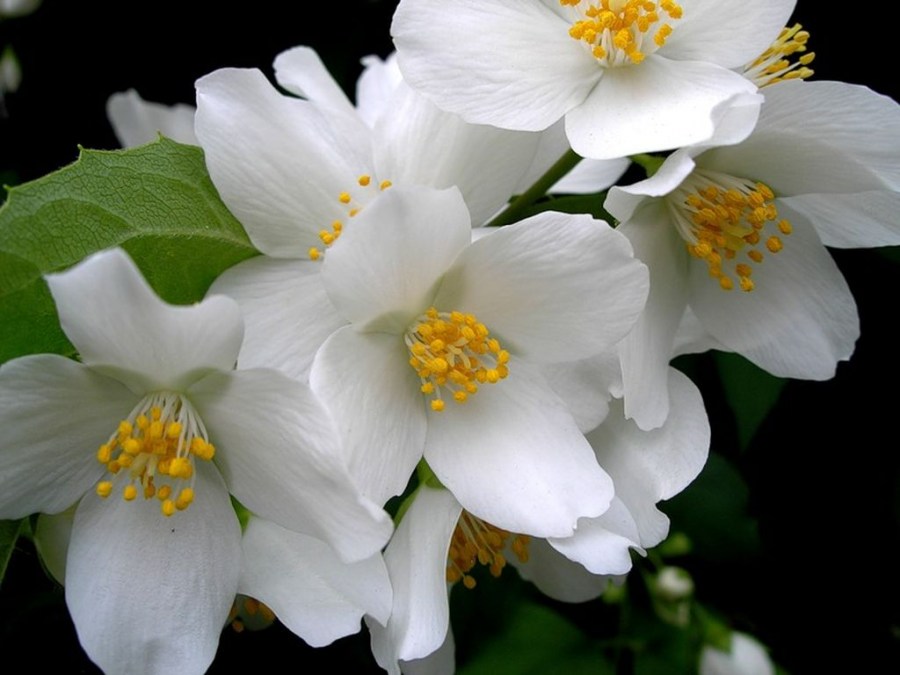
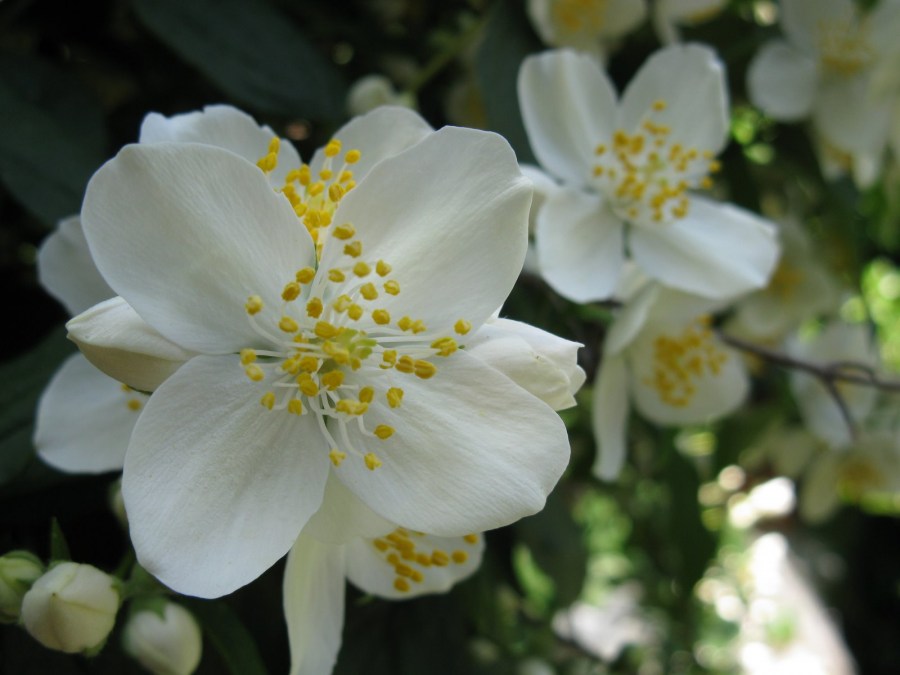
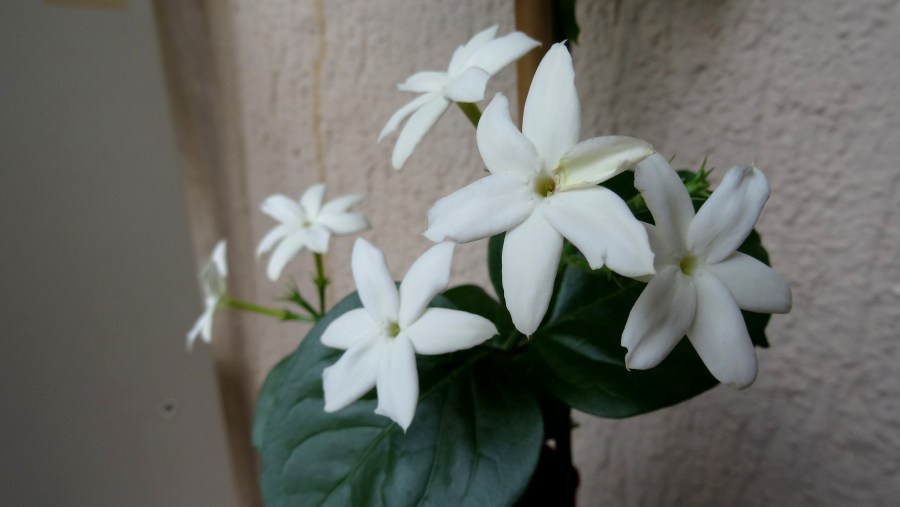
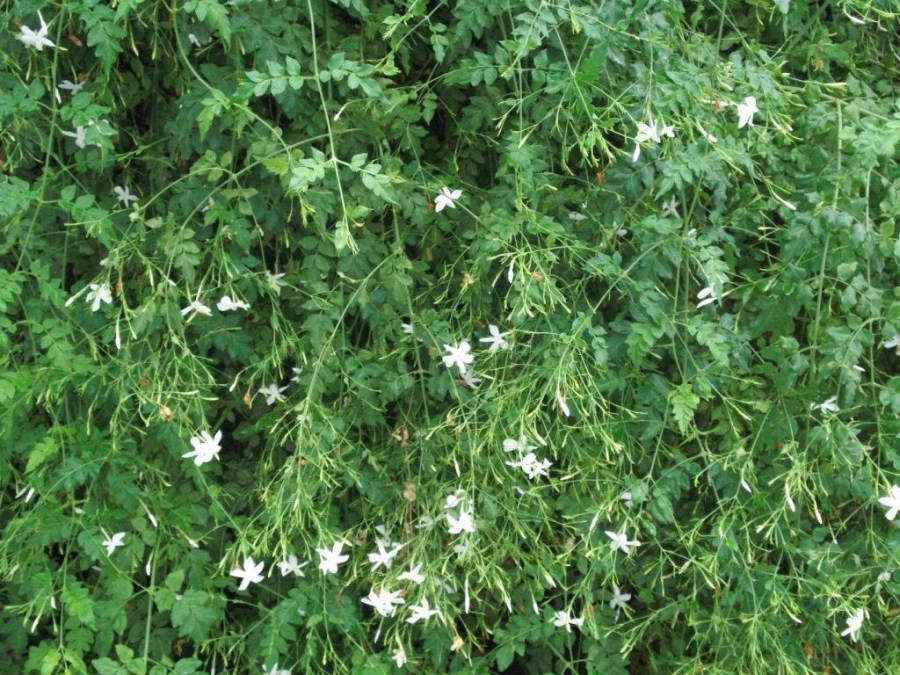
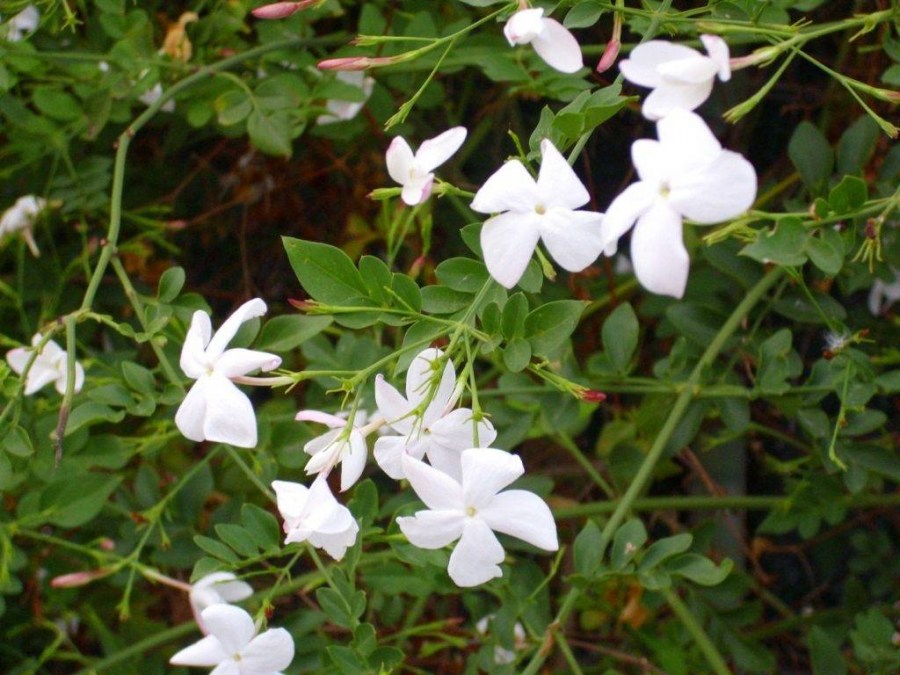


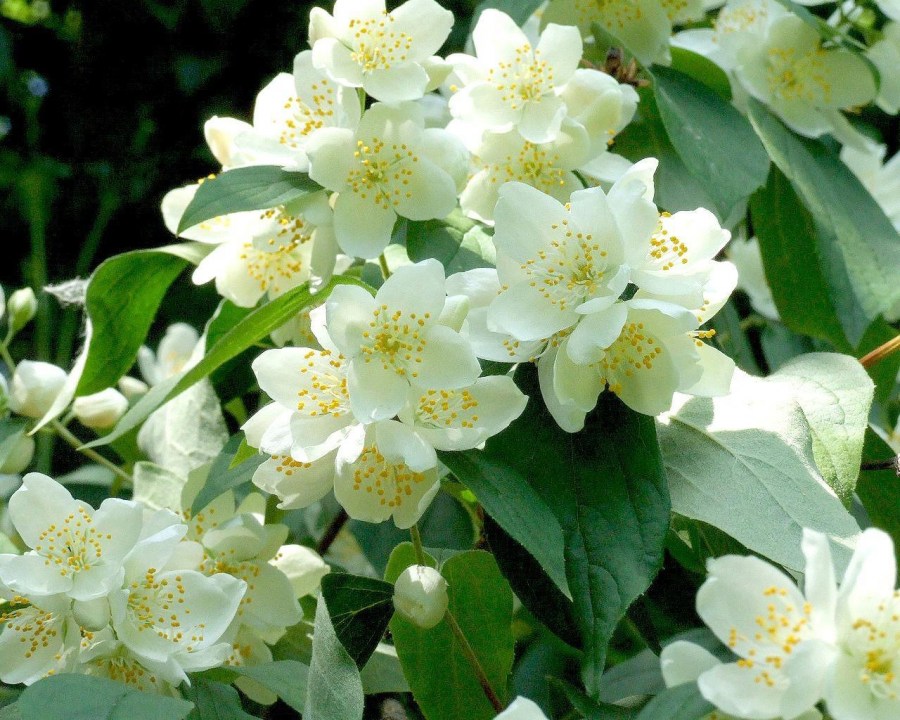
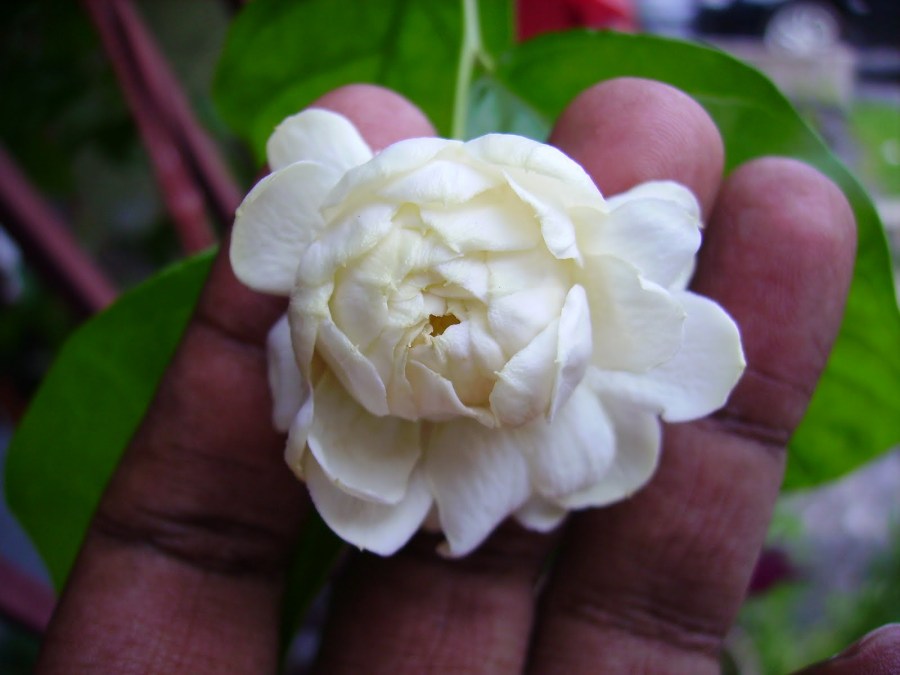
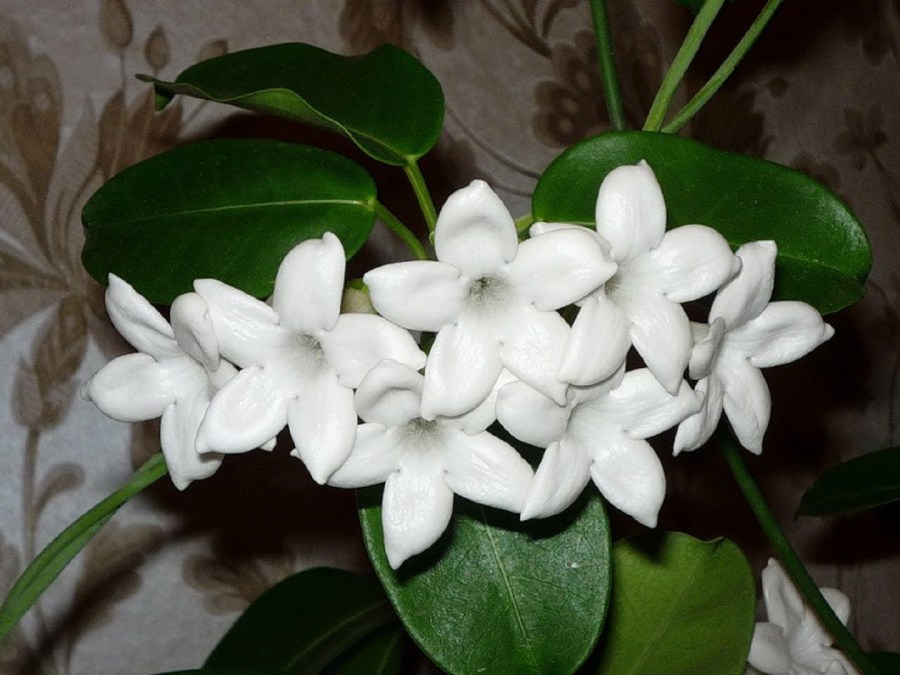
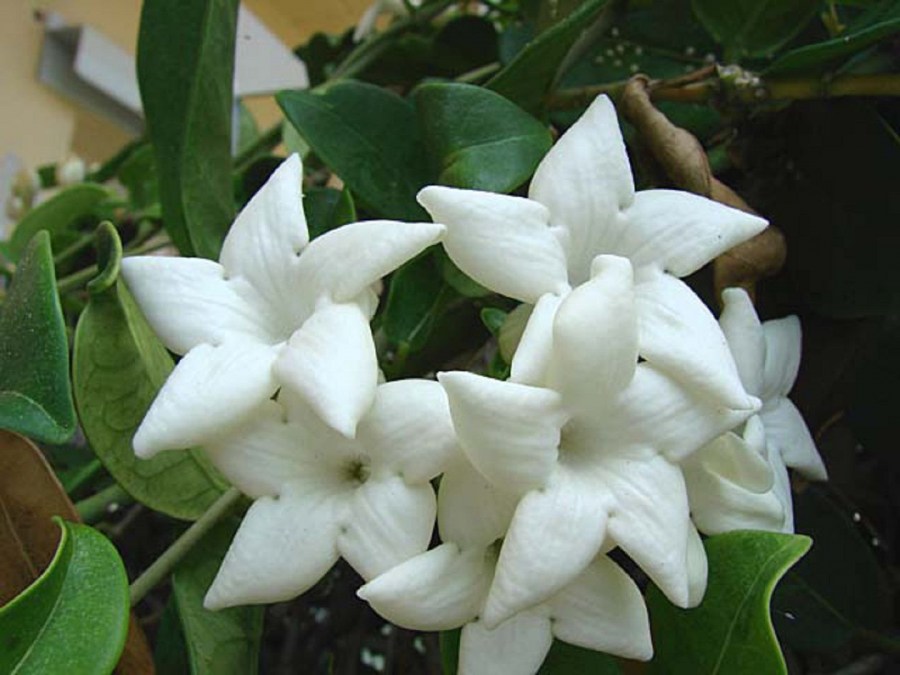

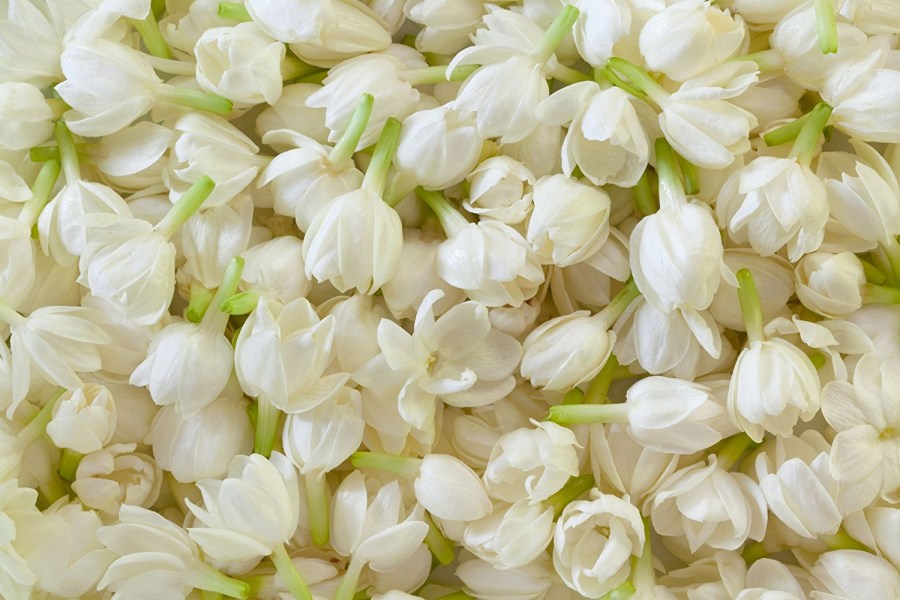

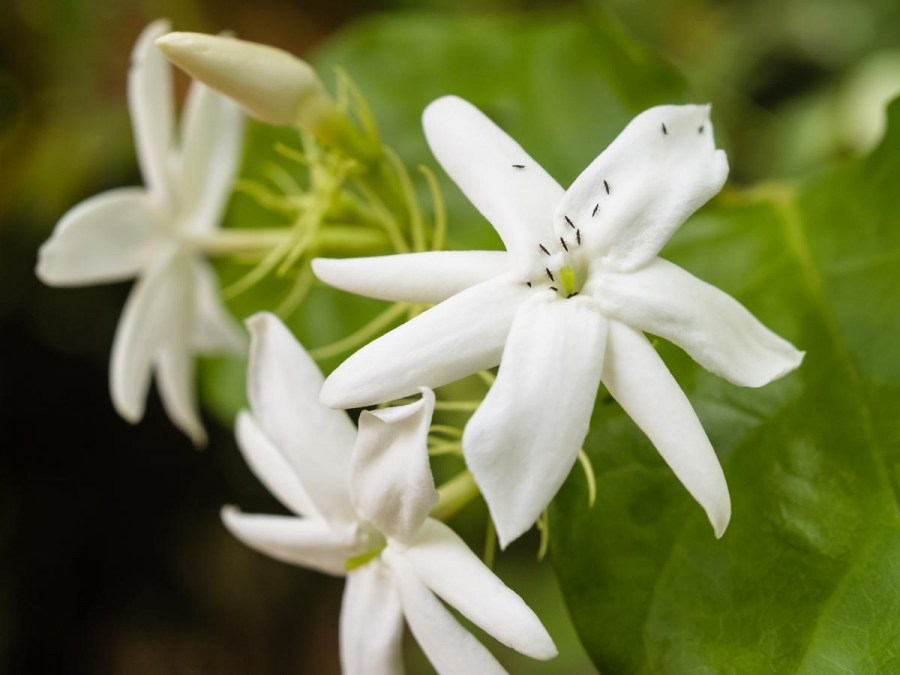

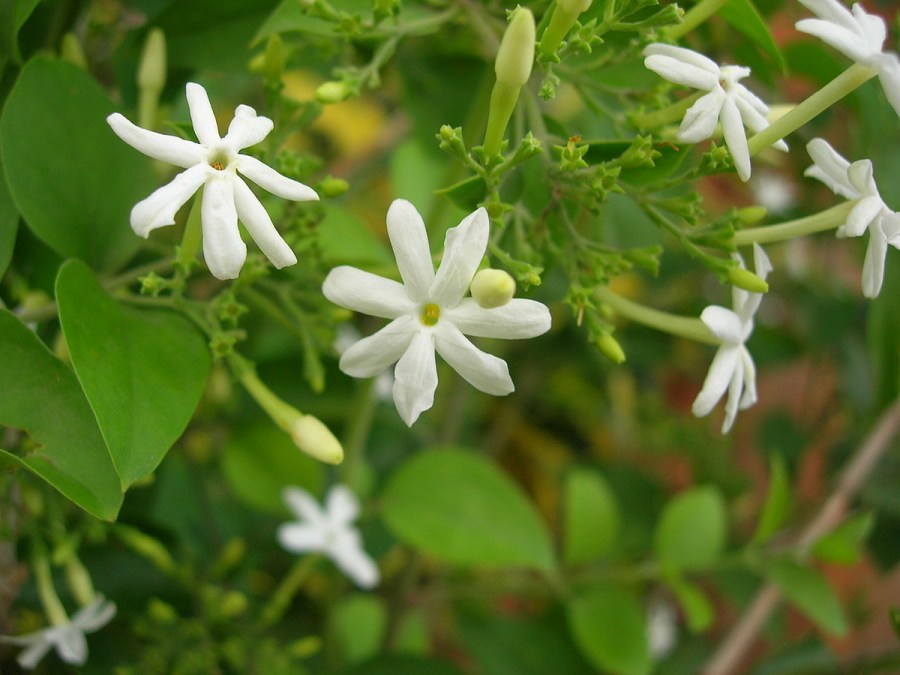
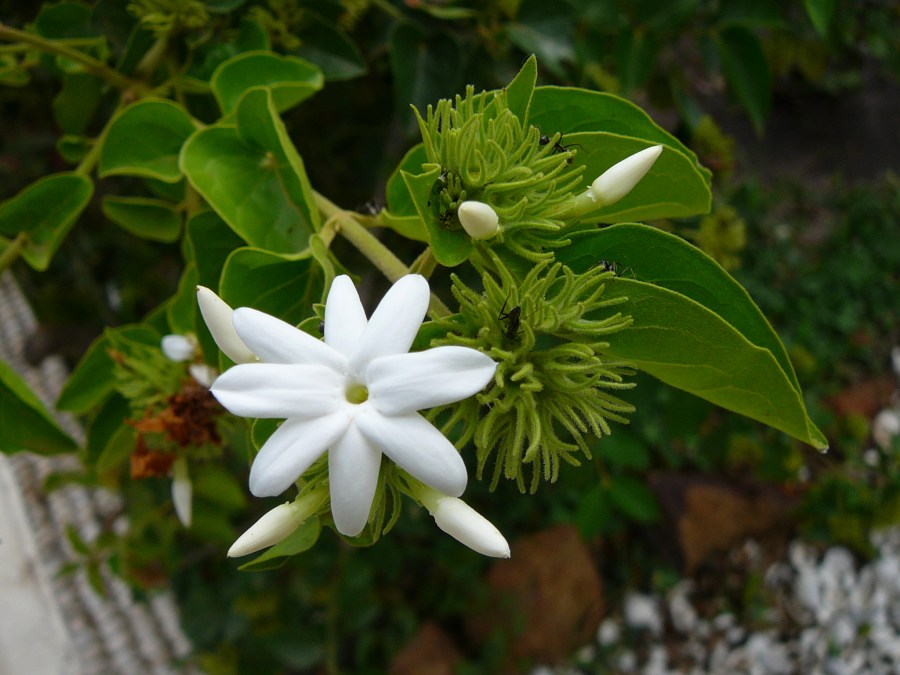
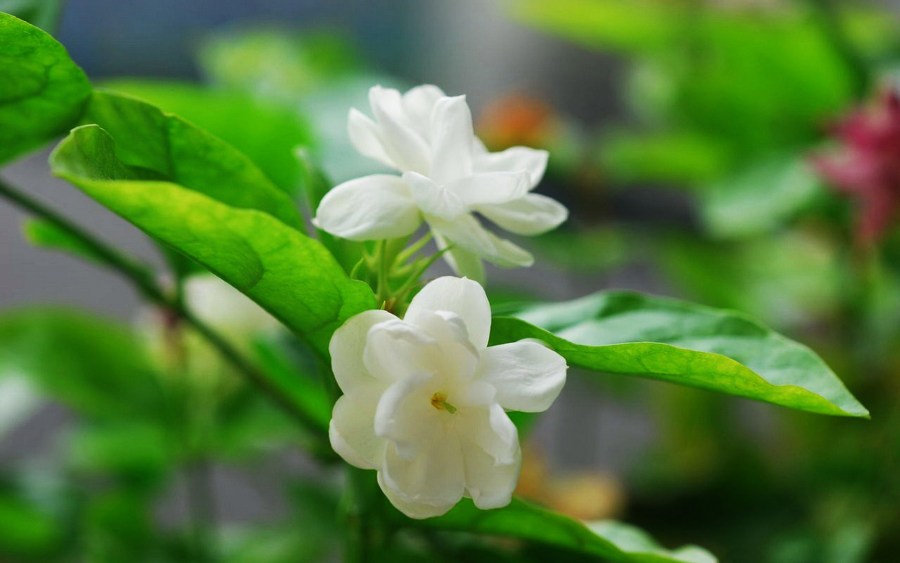
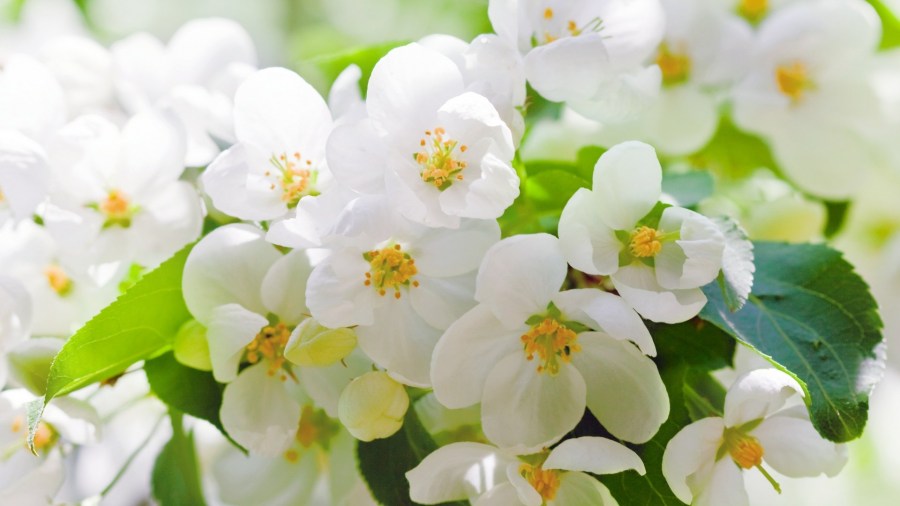
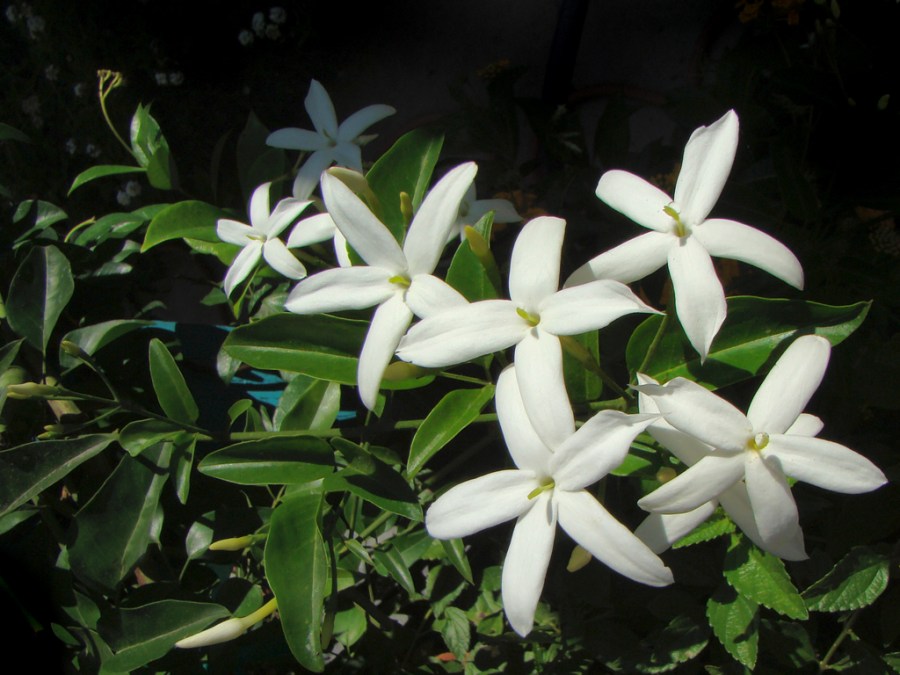
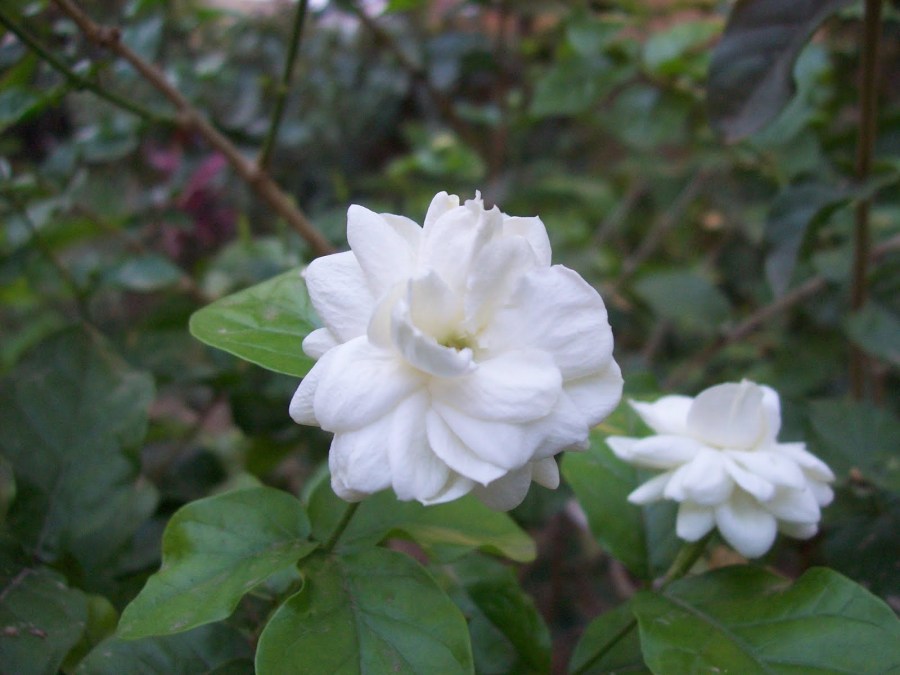

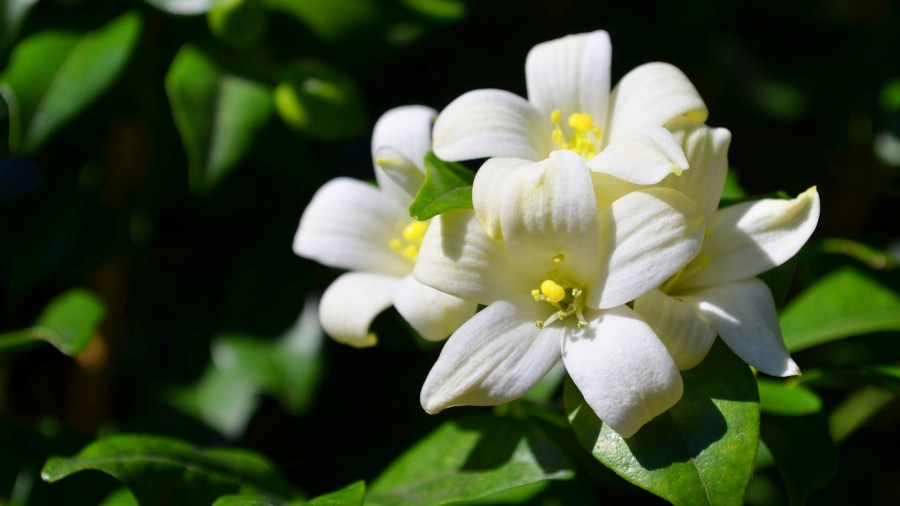
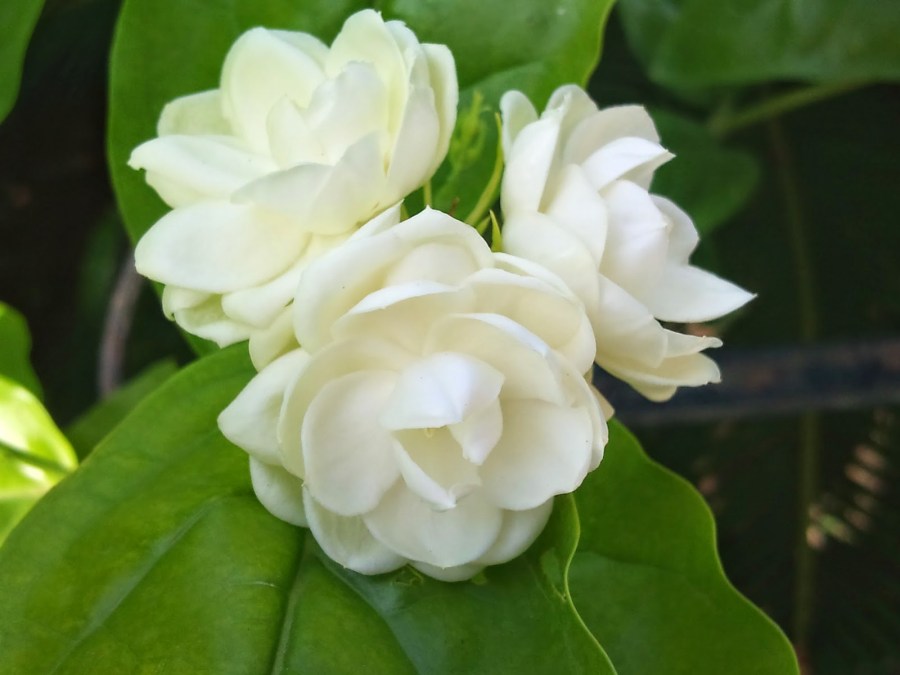

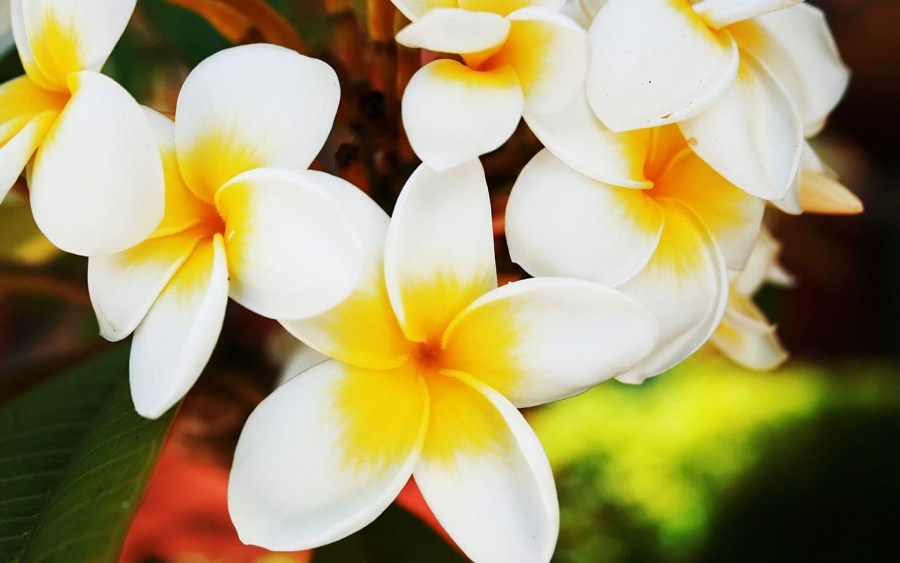
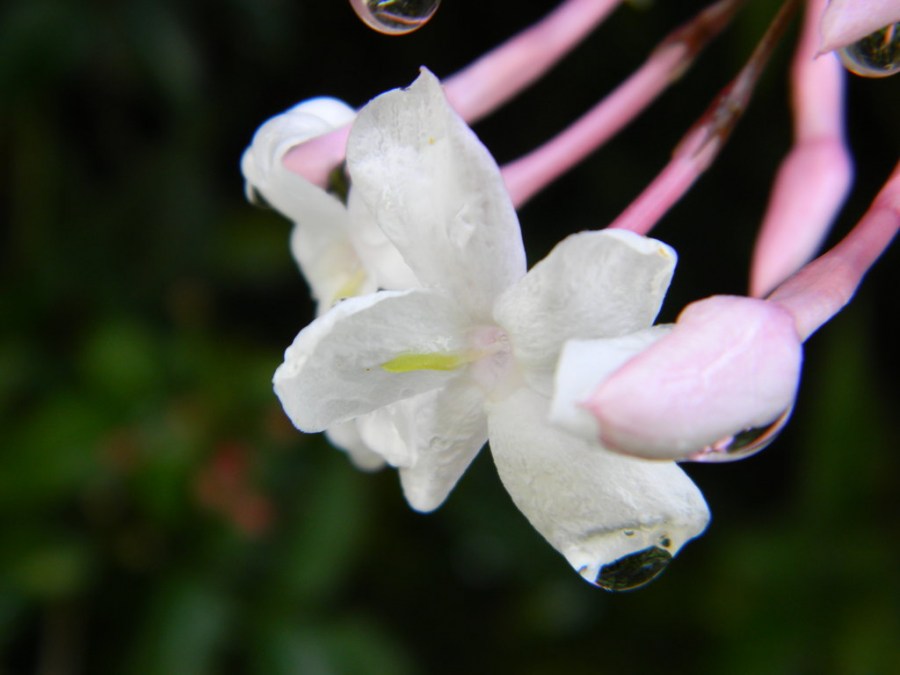
How I love jasmine! In my country house at the entrance to the house, a large bush of jasmine grows (multi-flowering jasmine) blooms all summer. It is famous for its magnificent view during flowering. God, how jasmine smells!
Specialists, tell me, please, but is the mock-mug the same as jasmine? Or so the people call him? Can a bush freeze in winter?
Chubushnik can withstand frosts down to -30, but jasmine is a very thermophilic plant. About -5, -7 can still withstand, and below - is already dying.